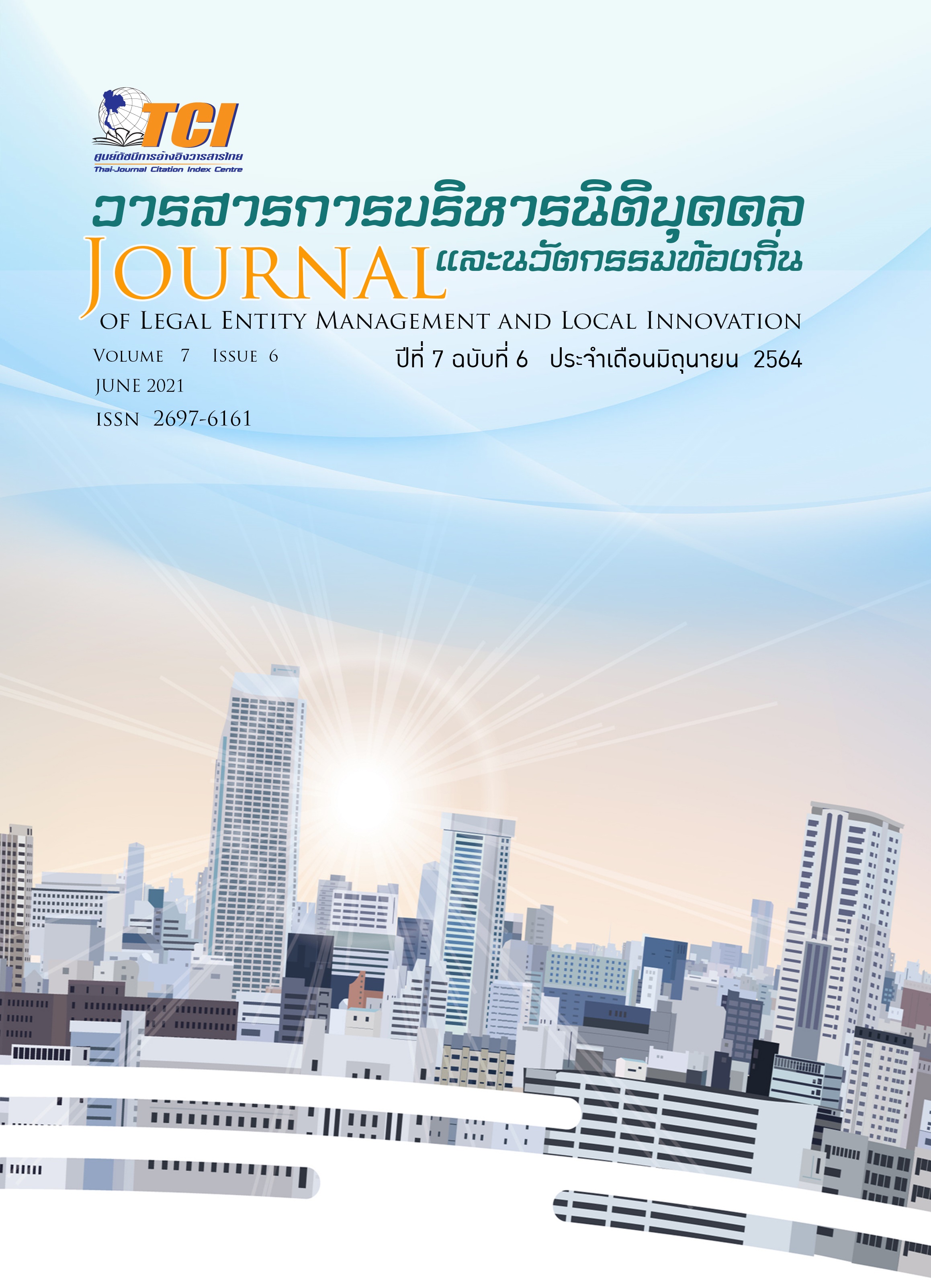The Construction of Cognitive Diagnostic Test on Chemical Bond for Mathayomsuksa 4 Students
Keywords:
Cognitive Diagnostic Test, Cognitive models; Q-matrix, Chemical BondAbstract
The purposes of this research were to design the Cognitive Diagnostic Test on Chemical Bond and examine the quality of the Cognitive Diagnostic Test on Chemical Bond among Matthayomsuksa - 4 students. The participants were 282 Matthayomsuksa–4 students studying in the second semester of Academic Year of 2019 at the schools under Nakhon Ratchasima Provincial Administrative Organization. The research instruments were three Cognitive Diagnostic Tests on Basic Knowledge of Chemical Bond, Covalent Bond, and Ionic Bond. The quality of the tests were consisting of content validity, difficulty, discrimination and reliability. Research findings can be concluded as follows : 1. The Cognitive Diagnostic Test on Chemical Bond consisted of 3 Cognitive models including the basic knowledge of Chemical Bond with 4 attributes, Covalent Bond with 8 attributes and Ionic Bond with 5 attributes. 2. The quality of the basic knowledge of Chemical Bond Test contained 18 items. The study indicated that there was the item difficulty was 0.60 – 0.67, the item discrimination was 0.71 – 0.88, and the reliability level was 0.98. Covalent Bond Test contained 23 items which there was the item difficulty range from 0.60 – 0.67, the item discrimination was 0.70 – 0.92, and the reliability level was 0.99. Finally, the third Ionic Bond Test containing 13 items was found that there was the item difficulty was 0.61 – 0.75, the item discrimination 0.70 – 0.84, and the reliability level was 0.97.


